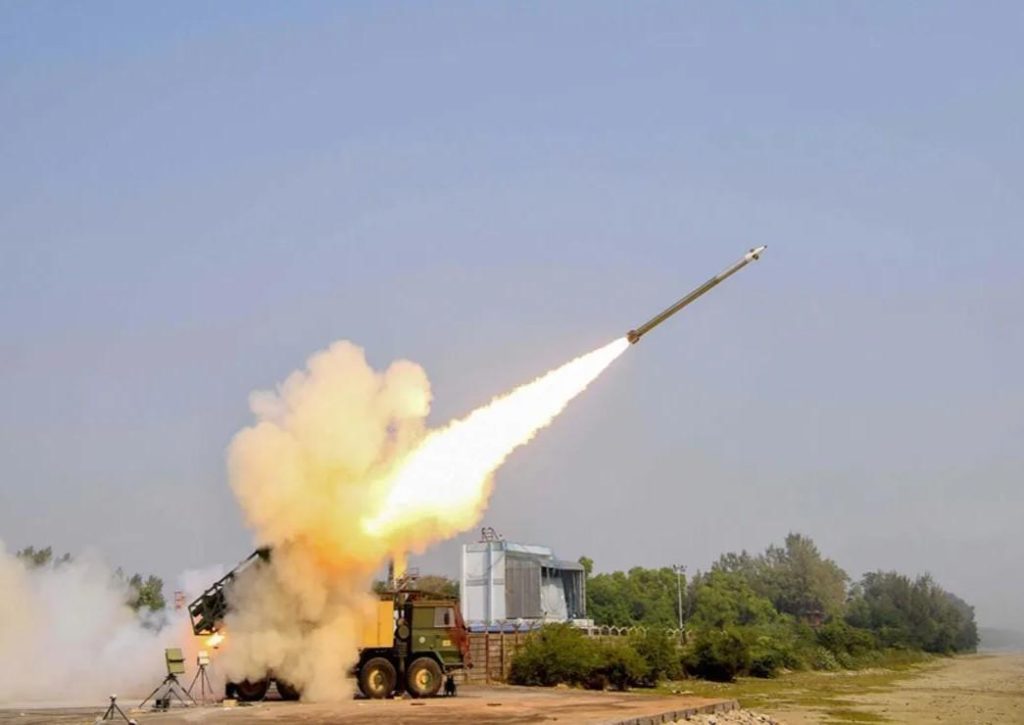
How did India defend itself from Pak attacks after Operation Sindoor?
The night of May 7-8, 2023, was a tense one for India as Pakistan launched a surprise attack on multiple military targets in northern and western India using drones and missiles. According to reports, India was quick to respond and effectively neutralized the attack using its sophisticated defense systems. In this blog post, we will delve into the details of how India defended itself against the Pak attack and explore the technology and tactics used to repel the aggression.
The Attack
According to reports, Pakistan launched a coordinated attack on Indian military targets using drones and missiles. The attack was reportedly carried out under the cover of darkness, with the aim of catching Indian forces off guard. Pakistan had been planning this operation for weeks, and the timing was no coincidence. The attack was designed to coincide with the anniversary of Operation Sindoor, a major military operation carried out by the Indian Army in 1948 to capture the strategic town of Jammu from Pakistani forces.
India’s Response
India was not caught off guard, however. The Indian military had been monitoring Pakistani activities and had been prepared for an attack. As soon as the attack began, Indian forces sprang into action, using their advanced defense systems to neutralize the threat.
One of the key systems used by India was the Russian-made S-400 defense system. This advanced air defense system is capable of detecting and destroying airborne targets, including fighter jets, bombers, and ballistic missiles. The S-400 system uses a combination of radar, missiles, and command centers to track and engage targets. In this case, the S-400 system was used to fire at “moving targets” and neutralize several missiles launched by Pakistan.
In addition to the S-400 system, India also used HARPY drones, also known as “kamikaze drones,” to disable Pakistani air defense radars. These drones are designed to be highly maneuverable and can fly at low altitudes, making them difficult to detect and intercept. The HARPY drones used in this attack were equipped with specialized payloads that could neutralize Pakistani air defense radars, creating a “no-fly zone” over the affected areas.
The Technology Behind India’s Defense
India’s defense systems are some of the most advanced in the world, and the country has invested heavily in developing its military capabilities. The S-400 defense system, for example, is a cutting-edge air defense system that is capable of detecting and destroying airborne targets at a distance of over 250 kilometers.
The HARPY drones used in this attack are also a testament to India’s military prowess. These drones are designed to be highly maneuverable and can fly at low altitudes, making them difficult to detect and intercept. The drones used in this attack were equipped with specialized payloads that could neutralize Pakistani air defense radars, creating a “no-fly zone” over the affected areas.
The Implications
The attack on India by Pakistan and India’s response to it have significant implications for the region. The attack highlights the ongoing tensions between India and Pakistan, which have been simmering for decades. The use of drones and missiles by Pakistan also raises concerns about the spread of these technologies to other countries in the region.
India’s response to the attack also sends a clear message to Pakistan and other countries that India will not hesitate to defend itself against any aggression. The use of advanced defense systems like the S-400 and HARPY drones demonstrates India’s military capabilities and its willingness to protect its interests.
Conclusion
The night of May 7-8, 2023, was a tense one for India as Pakistan launched a surprise attack on multiple military targets in northern and western India using drones and missiles. India responded quickly and effectively, using its advanced defense systems to neutralize the threat. The use of the S-400 defense system and HARPY drones demonstrates India’s military capabilities and its willingness to protect its interests. The implications of this attack and India’s response are significant, and will likely be felt for months to come.
Source:



